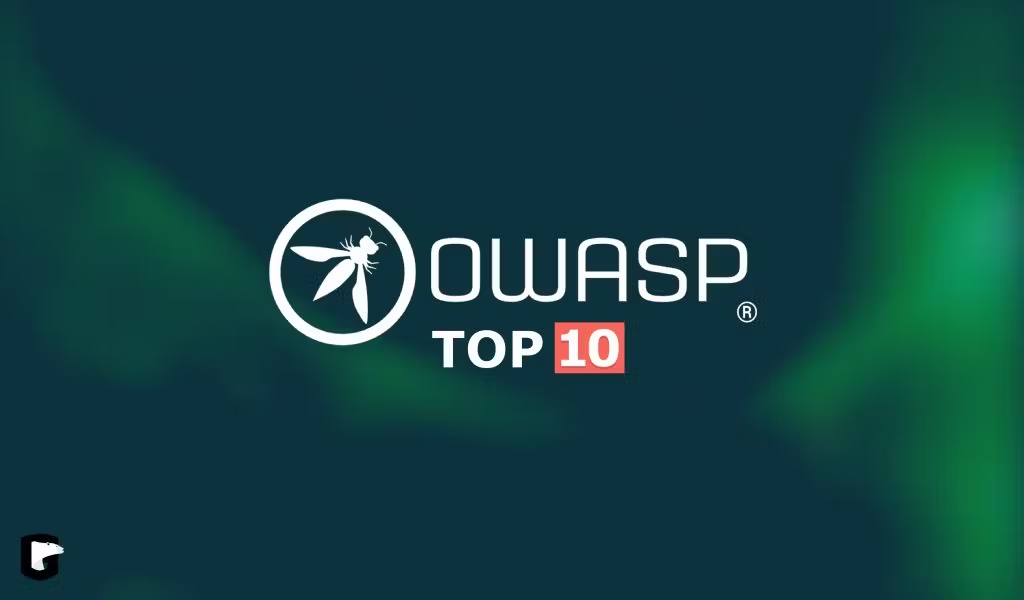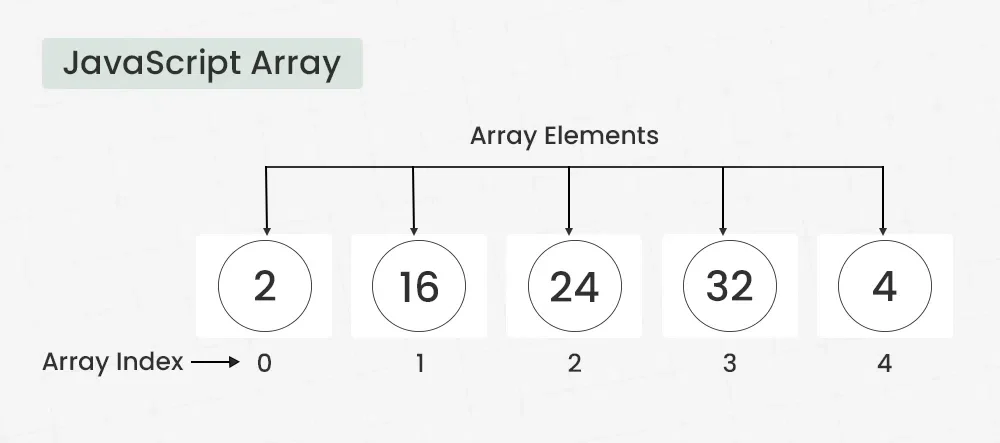Introduction
The internet has become an integral part of our lives, connecting businesses, individuals, and governments on a global scale. But with this connectivity comes a significant risk: cybersecurity threats. Web applications, in particular, are prime targets for attackers, making robust security practices essential.
The Open Web Application Security Project (OWASP) is a nonprofit organization dedicated to improving software security. Its most well-known resource, the OWASP Top 10, identifies the most critical security risks to web applications. In 2025, this list remains a cornerstone for developers, security professionals, and organizations looking to safeguard their applications.
In this post, we’ll explore the OWASP Top 10 for 2025, explain each risk, and provide actionable tips for mitigating these vulnerabilities.
What is the OWASP Top 10?
The OWASP Top 10 is a regularly updated list that outlines the most prevalent and critical security risks affecting web applications. It serves as a guide for developers and organizations to prioritize their security efforts.
The latest version reflects emerging threats and trends in cybersecurity, ensuring it remains relevant in a rapidly evolving digital landscape.
OWASP Top 10 for 2025
Here’s a breakdown of the OWASP Top 10 risks, with explanations and mitigation strategies for each:
1. Broken Access Control
Access control ensures users can only access resources they are authorized to view. Broken access control occurs when these restrictions fail, allowing attackers to gain unauthorized access to sensitive data or functionality.
Examples:
- Users accessing admin features without proper permissions.
- Bypassing access controls through URL manipulation.
Mitigation:
- Implement robust role-based access controls.
- Regularly test for vulnerabilities in access control mechanisms.
- Use least privilege principles for users and systems.
2. Cryptographic Failures
Previously known as “Sensitive Data Exposure,” this category addresses improper implementation of cryptography, leading to data breaches.
Examples:
- Storing passwords without encryption.
- Using weak encryption algorithms.
Mitigation:
- Use strong, up-to-date encryption algorithms.
- Enforce HTTPS across all pages.
- Store sensitive data only when absolutely necessary, and securely erase it when no longer needed.
3. Injection Attacks
Injection vulnerabilities occur when untrusted data is sent to an interpreter as part of a query or command. SQL, NoSQL, and LDAP injections are common examples.
Examples:
- SQL injection through user input fields.
- Command injection in shell scripts.
Mitigation:
- Use parameterized queries or prepared statements.
- Validate and sanitize all user inputs.
- Regularly test for injection vulnerabilities using automated tools.
4. Insecure Design
This new category emphasizes the importance of incorporating security into the design phase of application development.
Examples:
- Lack of threat modeling during development.
- Poorly designed authentication systems.
Mitigation:
- Adopt a secure development lifecycle (SDL).
- Conduct threat modeling and security reviews during design.
- Use design patterns and frameworks that emphasize security.
5. Security Misconfiguration
This risk arises from improper configuration of servers, databases, or frameworks, leaving them vulnerable to attacks.
Examples:
- Exposed debug features in production.
- Default passwords not being changed.
Mitigation:
- Automate configuration management.
- Regularly audit and update configurations.
- Use secure defaults and disable unnecessary features.
6. Vulnerable and Outdated Components
Applications often rely on third-party libraries and frameworks. If these components are outdated or vulnerable, they can be exploited by attackers.
Examples:
- Using an old version of a library with known vulnerabilities.
- Neglecting to apply security patches.
Mitigation:
- Use tools to track and update dependencies.
- Subscribe to security advisories for your stack.
- Regularly scan for outdated components and replace them.
7. Identification and Authentication Failures
Weak authentication mechanisms can allow attackers to impersonate users or bypass authentication entirely.
Examples:
- Weak or default passwords.
- Session fixation attacks.
Mitigation:
- Implement multi-factor authentication (MFA).
- Use secure session management practices.
- Enforce strong password policies.
8. Software and Data Integrity Failures
This new category focuses on ensuring that software and data are not tampered with during development or delivery.
Examples:
- Using unverified dependencies from untrusted sources.
- Supply chain attacks on third-party software.
Mitigation:
- Use signed software packages and verify their integrity.
- Monitor and validate CI/CD pipelines.
- Adopt a zero-trust model for supply chain security.
9. Security Logging and Monitoring Failures
Inadequate logging and monitoring make it difficult to detect and respond to attacks.
Examples:
- Lack of logs for critical events.
- Failure to monitor suspicious activities.
Mitigation:
- Implement centralized logging systems.
- Monitor logs for unusual patterns using automated tools.
- Conduct regular log reviews and incident response drills.
10. Server-Side Request Forgery (SSRF)
SSRF vulnerabilities occur when an application can be tricked into making unauthorized requests to other servers, potentially exposing sensitive data or accessing internal systems.
Examples:
- A web app fetching data from a user-supplied URL without validation.
Mitigation:
- Validate and sanitize all input related to external requests.
- Restrict outbound network access where possible.
- Use firewalls and access control lists to block unauthorized traffic.
How to Implement OWASP Top 10 Practices
- Educate Your Team: Ensure all developers and stakeholders understand the risks and best practices outlined in the OWASP Top 10.
- Adopt Secure Coding Practices: Use frameworks and tools that promote secure development.
- Conduct Regular Security Audits: Test your application frequently using tools like OWASP ZAP or Burp Suite.
- Leverage Automation: Automate vulnerability scanning, patch management, and logging to reduce human error.
- Engage Experts: Collaborate with security professionals to perform penetration testing and code reviews.
Conclusion
The OWASP Top 10 is more than just a list; it’s a roadmap for building secure web applications. By understanding and addressing these risks, developers and organizations can protect their users and maintain trust in their digital services.
In 2025, cybersecurity threats continue to evolve, but with a proactive approach and the guidance of OWASP, you can stay ahead of potential attacks. Start implementing these practices today and build a safer web for tomorrow.






